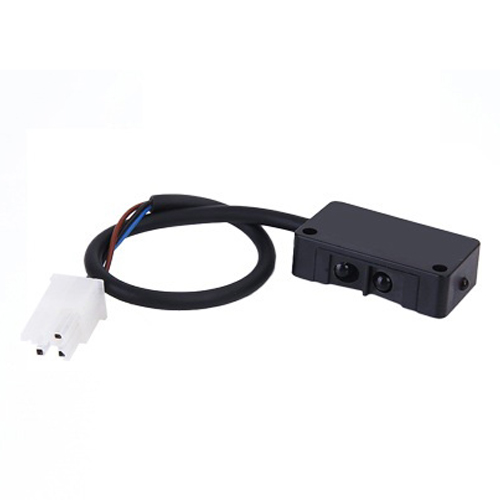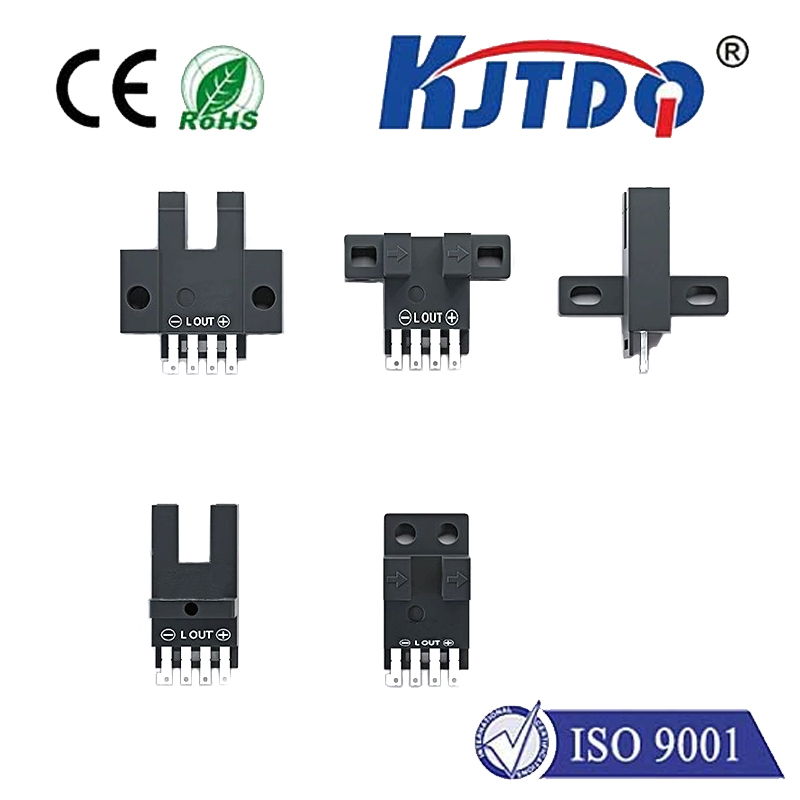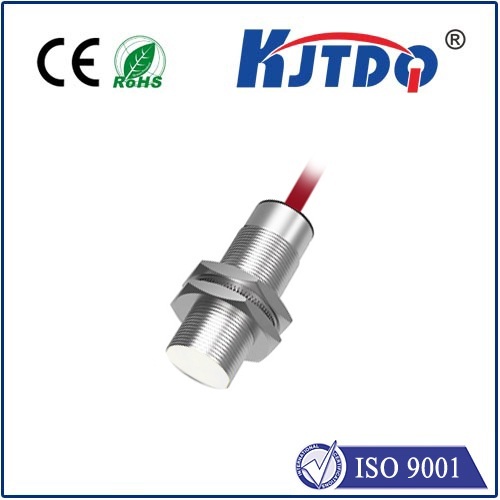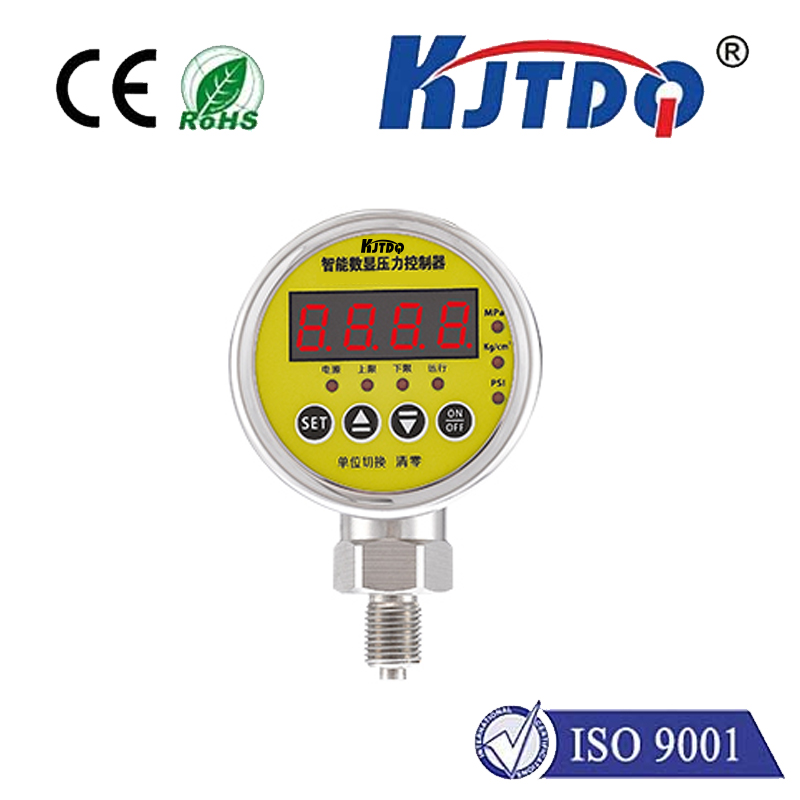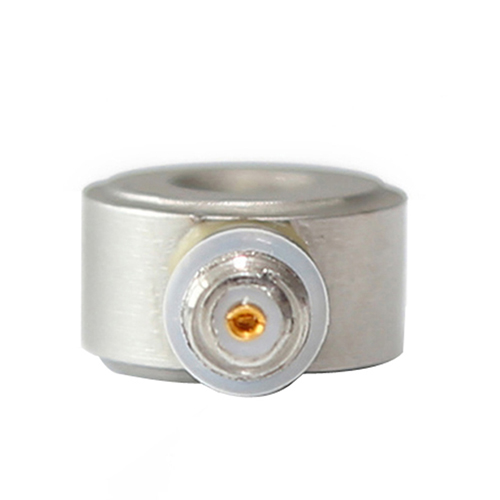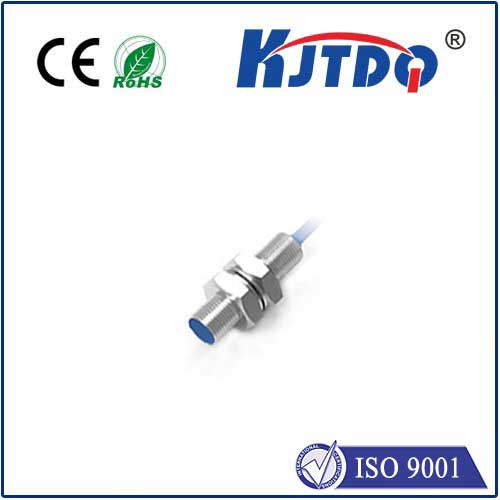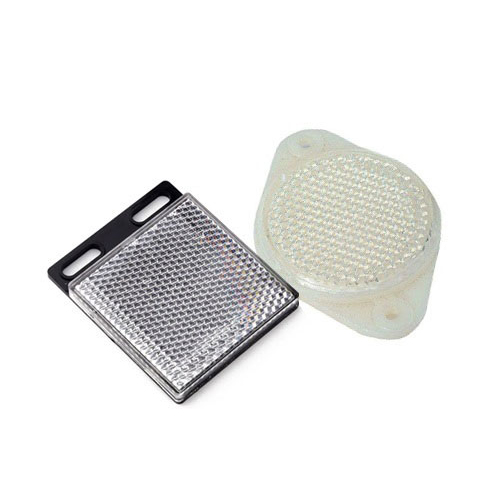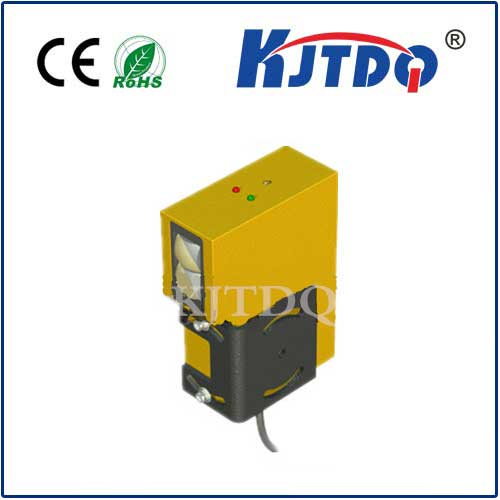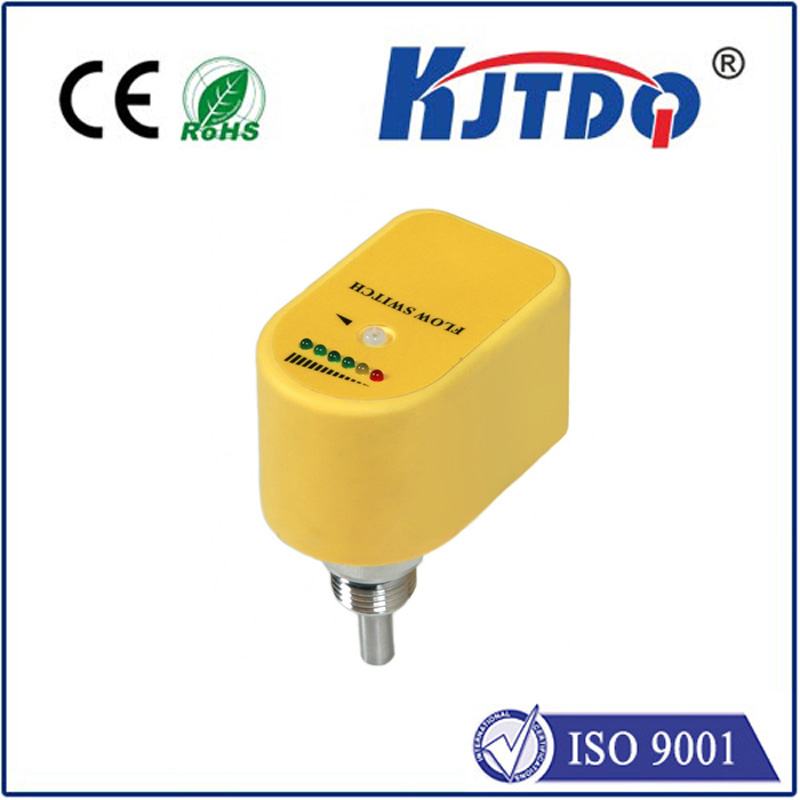

check

check

check

check
In the relentless pulse of modern manufacturing and logistics, reliability is non-negotiable. Machines must “see” with unwavering accuracy, detecting objects, verifying positions, and counting products at breathtaking speeds, day in and day out. When fractions of millimeters or microseconds matter, conventional solutions falter. This is where the sophisticated technology of Jigo photoelectric sensors steps into the spotlight, offering the precision, versatility, and robustness demanded by today’s complex automation challenges. Understanding how these sensors work and where they excel is key to unlocking greater efficiency and reliability in countless industrial applications.
Demystifying the Photoelectric Sensor: Light as the Key
At its core, a photoelectric sensor operates on a brilliantly simple principle: it uses light to detect the presence, absence, or distance of an object. A Jigo photoelectric sensor typically consists of two main components:
The magic lies in how this emitted light interacts with the target object and how the receiver perceives that interaction.
Core Operating Principles: Through-Beam, Retroreflective & Diffuse

Jigo sensors deploy variations of the photoelectric principle to suit different environments and target characteristics:
Through-Beam (Opposed Mode): The most reliable and longest-range configuration. The emitter and receiver are housed in separate units, positioned directly opposite each other. Detection occurs when the target object physically interrupts the light beam travelling from the emitter to the receiver. This method is highly immune to target color, surface finish, or ambient light interference. Ideal for precise detection of small objects or over long distances.
Retroreflective (Reflex Mode): Both emitter and receiver are housed in a single unit. A dedicated reflector, often comprised of prismatic tape, is mounted opposite the sensor. The emitter sends out a beam, which bounces off the reflector and returns to the receiver. Detection happens when the target object breaks the beam path to the reflector. This mode offers excellent accuracy at medium ranges and simplifies installation compared to through-beam. Jigo retroreflective sensors often feature polarization filters to ignore shiny objects that might otherwise reflect light directly back, mimicking the reflector’s signal.
Diffuse (Proximity Mode): Emitter and receiver reside in one unit. The sensor emits light, which must strike the target object and diffusely reflect some portion of it back to the receiver. Detection is based on the intensity of this reflected light crossing a set threshold. While offering the simplest installation (only one device), its effective range is shorter, and detection characteristics are more influenced by the target’s color, size, and surface texture. Advanced Jigo diffuse sensors incorporate background suppression techniques for more stable performance.
Why Jigo Photoelectric Sensors Stand Out in Industrial Settings
Beyond just operating on these principles, Jigo sensors are engineered for the rigors of demanding industries:
Powering Diverse Applications: Where Jigo Sensors Shine
The adaptability and robustness of Jigo photoelectric sensors make them indispensable across countless industries:
Selecting the Right Jigo Sensor: Key Considerations
To maximize performance, carefully evaluate these factors:
From ensuring the precise assembly of intricate electronics to guaranteeing every bottle on a high-speed filling line is correctly capped, Jigo photoelectric sensors deliver the dependable “vision” automation relies upon. Their blend of sophisticated optical engineering, rugged construction, and versatile operation makes them a fundamental tool for engineers and technicians striving for peak performance, minimized downtime, and enhanced product quality across the vast landscape of modern industry.

